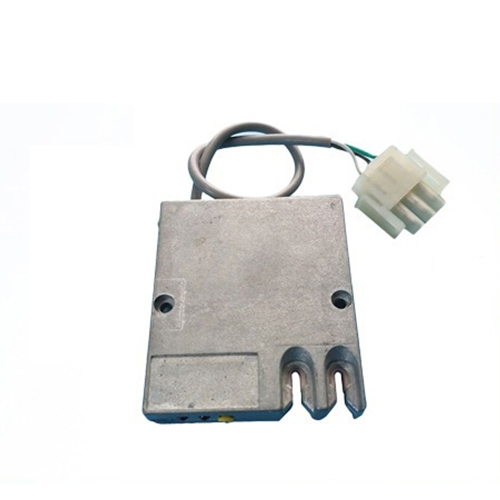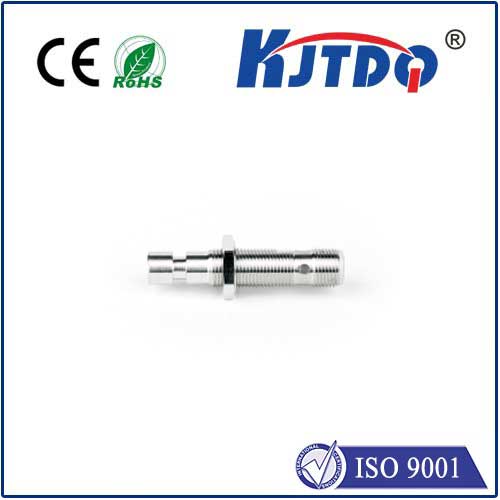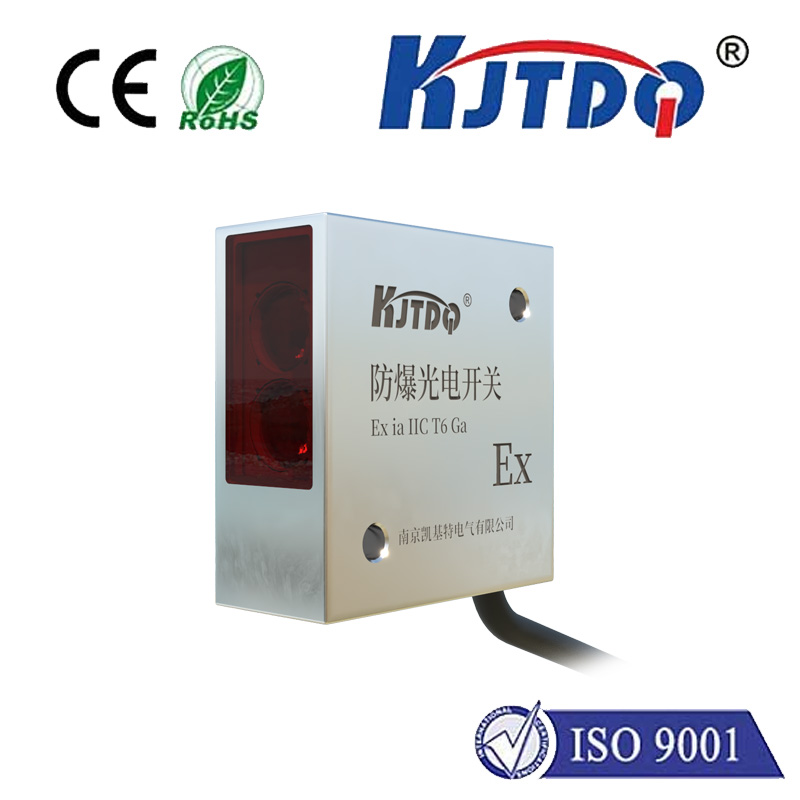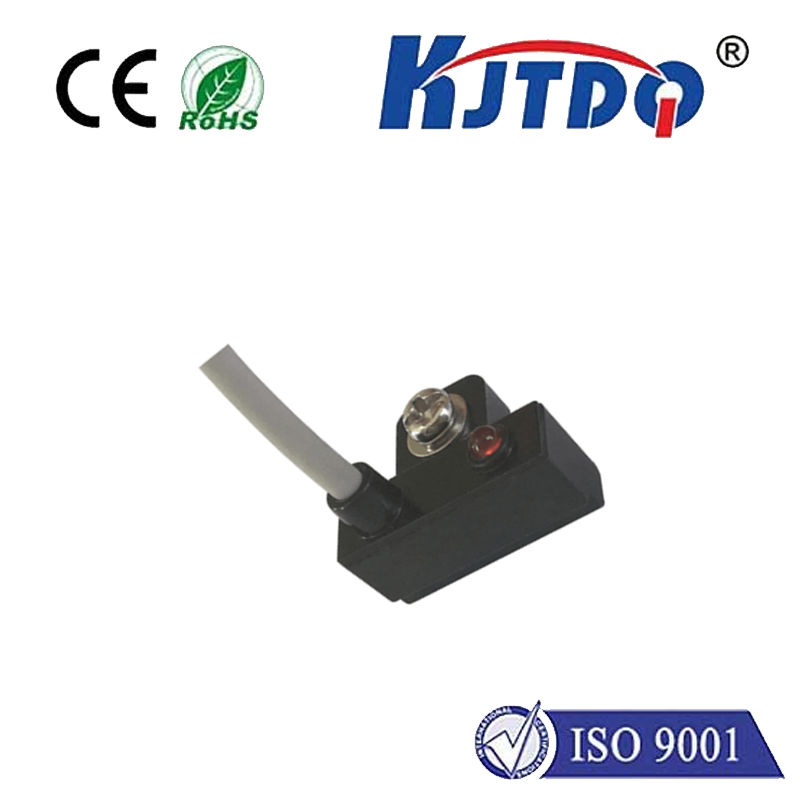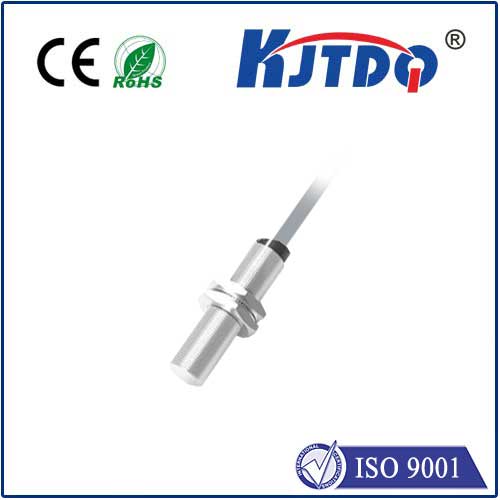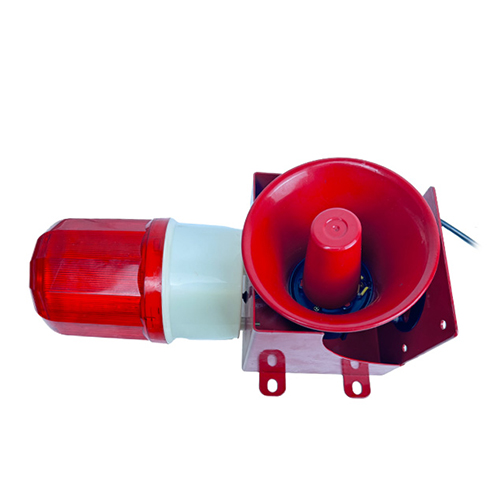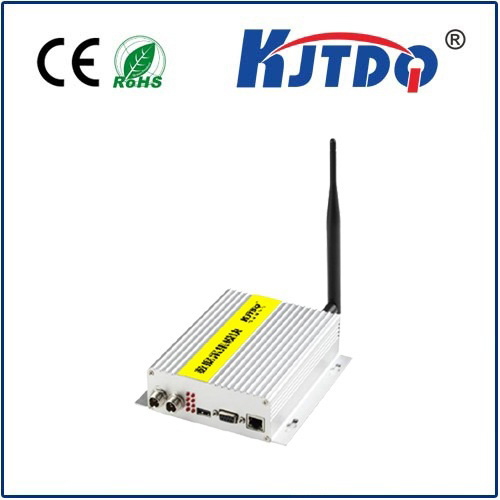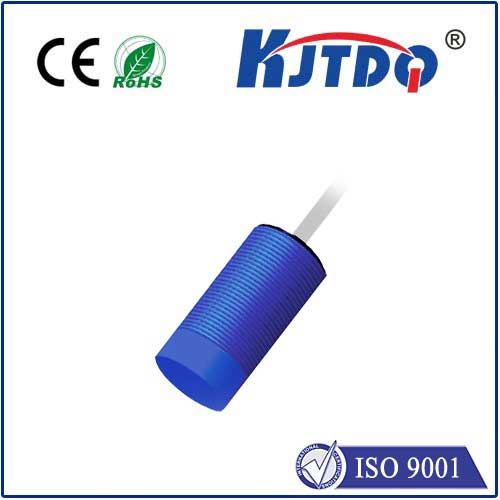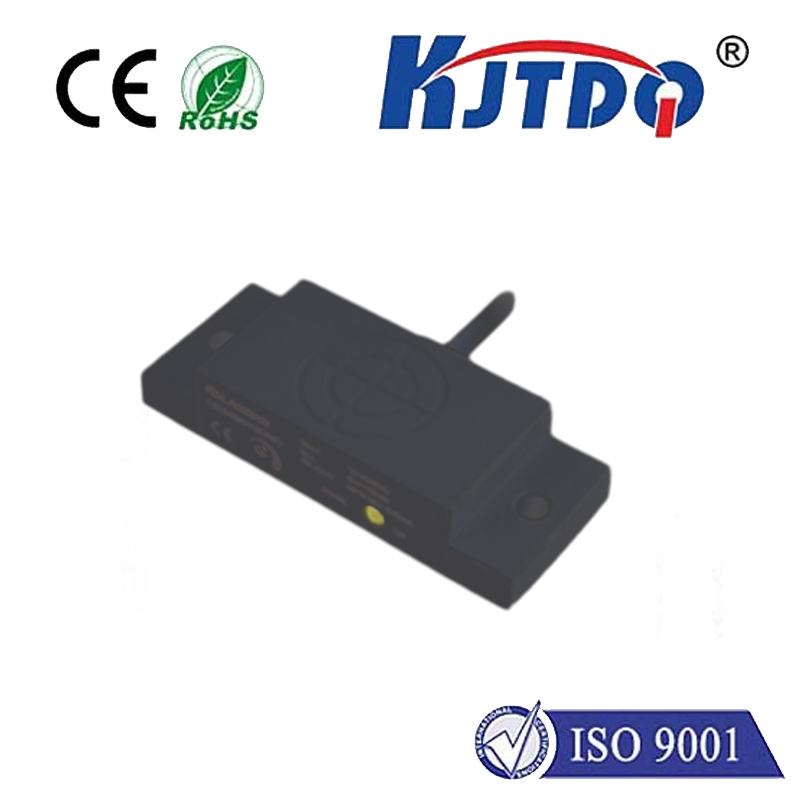

check

check

check

check

check

check

check

check

check

check
In today's digital age, proximity sensors have become an indispensable component of modern technology. These small devices, equipped with advanced sensors and microprocessors, have transformed the way we interact with our environment. From smartphones to industrial machinery, proximity sensors are used extensively to provide accurate and real-time data collection, making them an integral part of several industries. This article will delve into how proximity sensors are revolutionizing industries by providing precise and timely information.
One of the most significant impacts of proximity sensors is their ability to detect and track objects in real-time. This has made them invaluable for applications such as robotics, where they help robots navigate obstacles and avoid collisions. In manufacturing, proximity sensors are used to monitor the performance of machines, detect defects, and optimize production processes. This not only improves efficiency but also reduces costs and increases productivity.
Proximity sensors are also crucial for healthcare applications. Wearable devices that utilize proximity sensors can monitor vital signs, track movements, and detect changes in health status. This allows doctors and caregivers to intervene early and provide timely treatment, potentially saving lives. Additionally, smart hospitals use proximity sensors to manage patient flow, reduce wait times, and improve overall patient experience.
Another area where proximity sensors have made a significant impact is security. Facial recognition systems using proximity sensors can quickly identify individuals, enhancing security measures in public spaces such as airports, train stations, and shopping malls. This not only helps prevent crimes but also provides a more convenient and efficient experience for passengers and shoppers.
In the automotive industry, proximity sensors play a crucial role in safety features such as automatic emergency braking and lane departure warnings. They are also used to monitor engine performance and optimize fuel consumption, leading to more sustainable driving practices. Additionally, connected car technology using proximity sensors enables drivers to remotely control devices such as climate controls and entertainment systems, making the driving experience more comfortable and enjoyable.
The rise of the Internet of Things (IoT) has further accelerated the adoption of proximity sensors. As more devices become connected to the internet, proximity sensors play an essential role in ensuring seamless communication between different platforms. For example, smart homes use proximity sensors to control lighting, temperature, and entertainment systems based on occupants' preferences and behavior patterns. This not only enhances comfort but also saves energy and reduces costs associated with manual adjustments.
As the use of proximity sensors continues to grow, so does their potential for innovation. Companies are exploring new applications in fields such as agriculture, logistics, and transportation to improve efficiency, reduce costs, and enhance overall sustainability. However, it is essential to consider ethical implications related to data privacy and security when implementing these technologies.
In conclusion, proximity sensors have revolutionized many industries by providing accurate and real-time data collection. From healthcare to automotive, manufacturing to security, these small devices have had a profound impact on our daily lives. As we continue to explore their potential in innovative applications, it is crucial to maintain a balance between technological advancement and ethical considerations.
